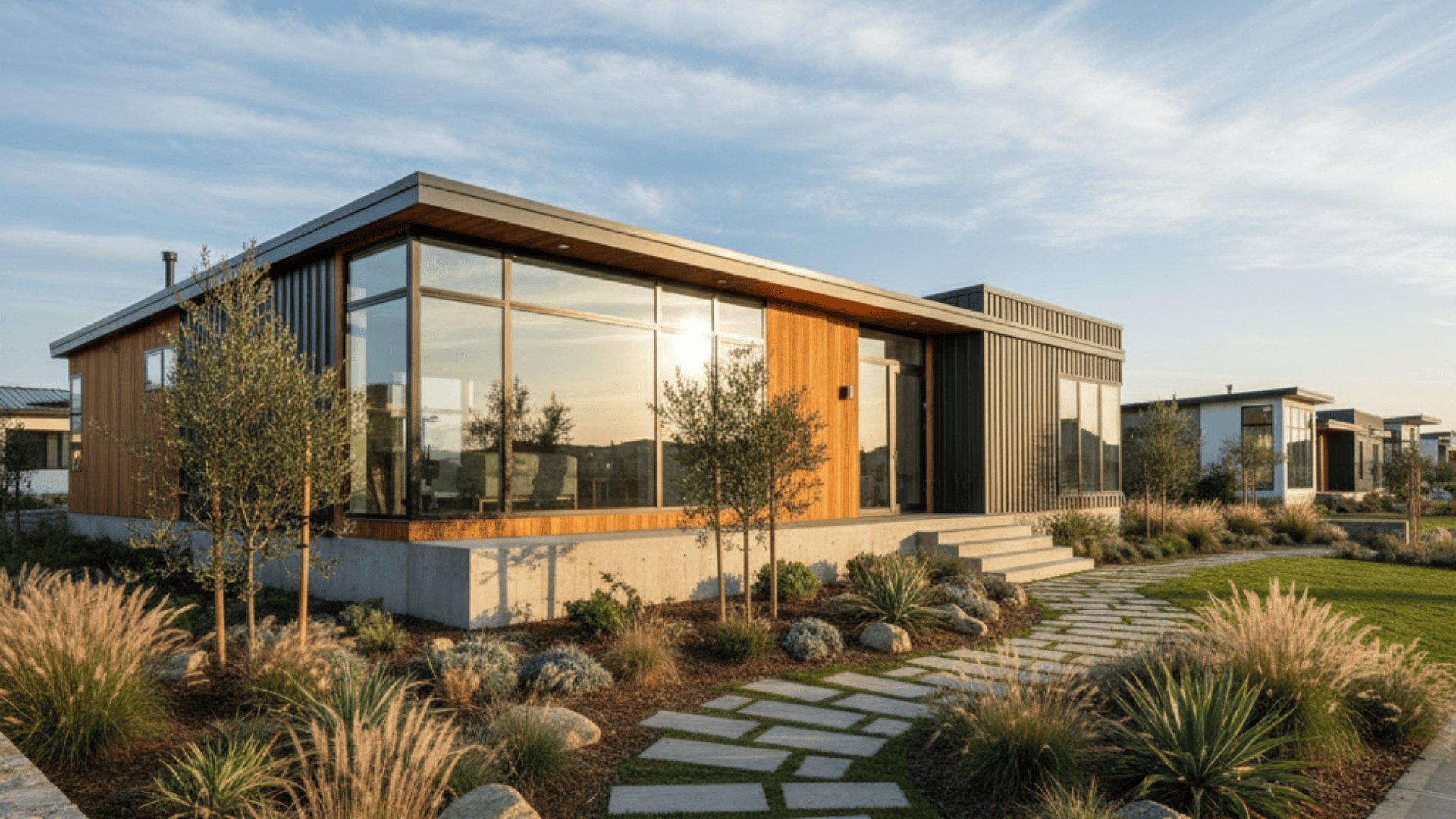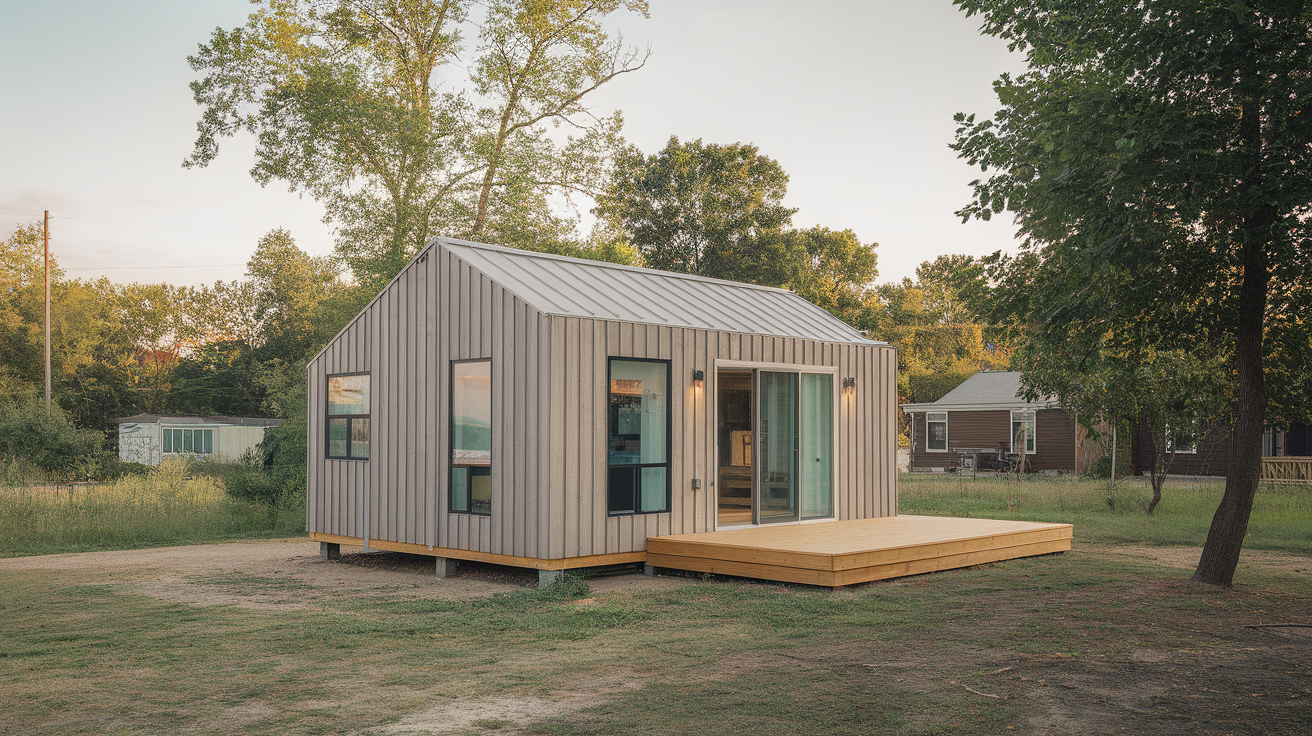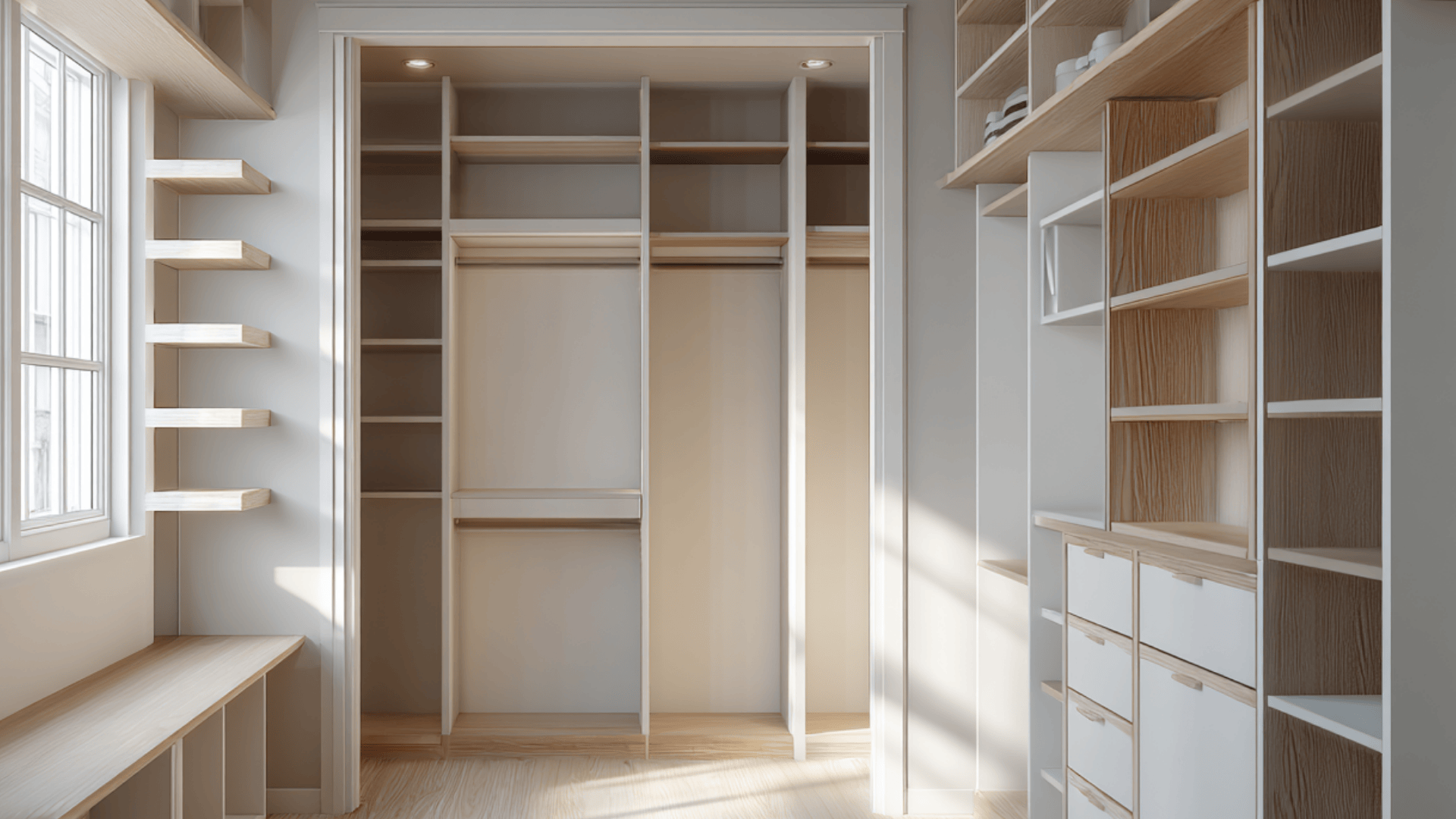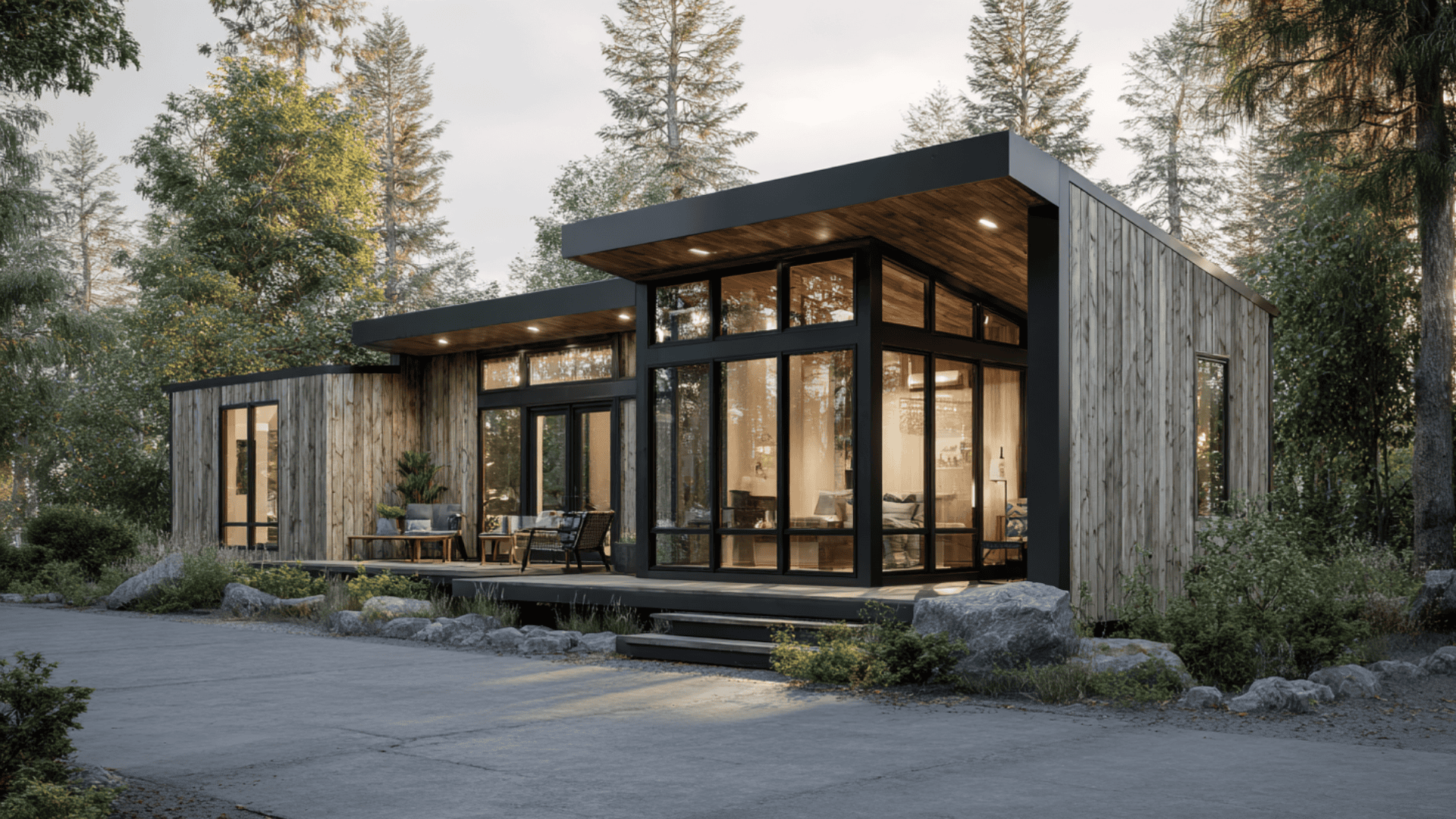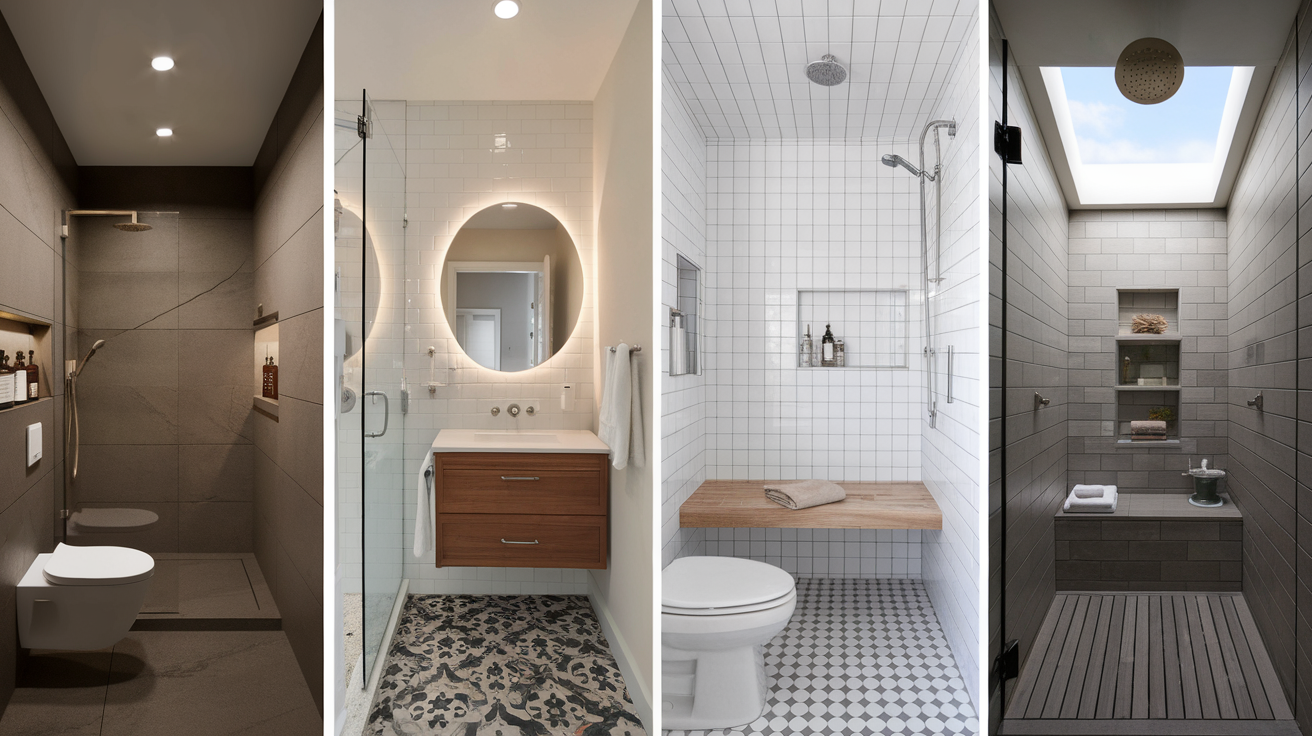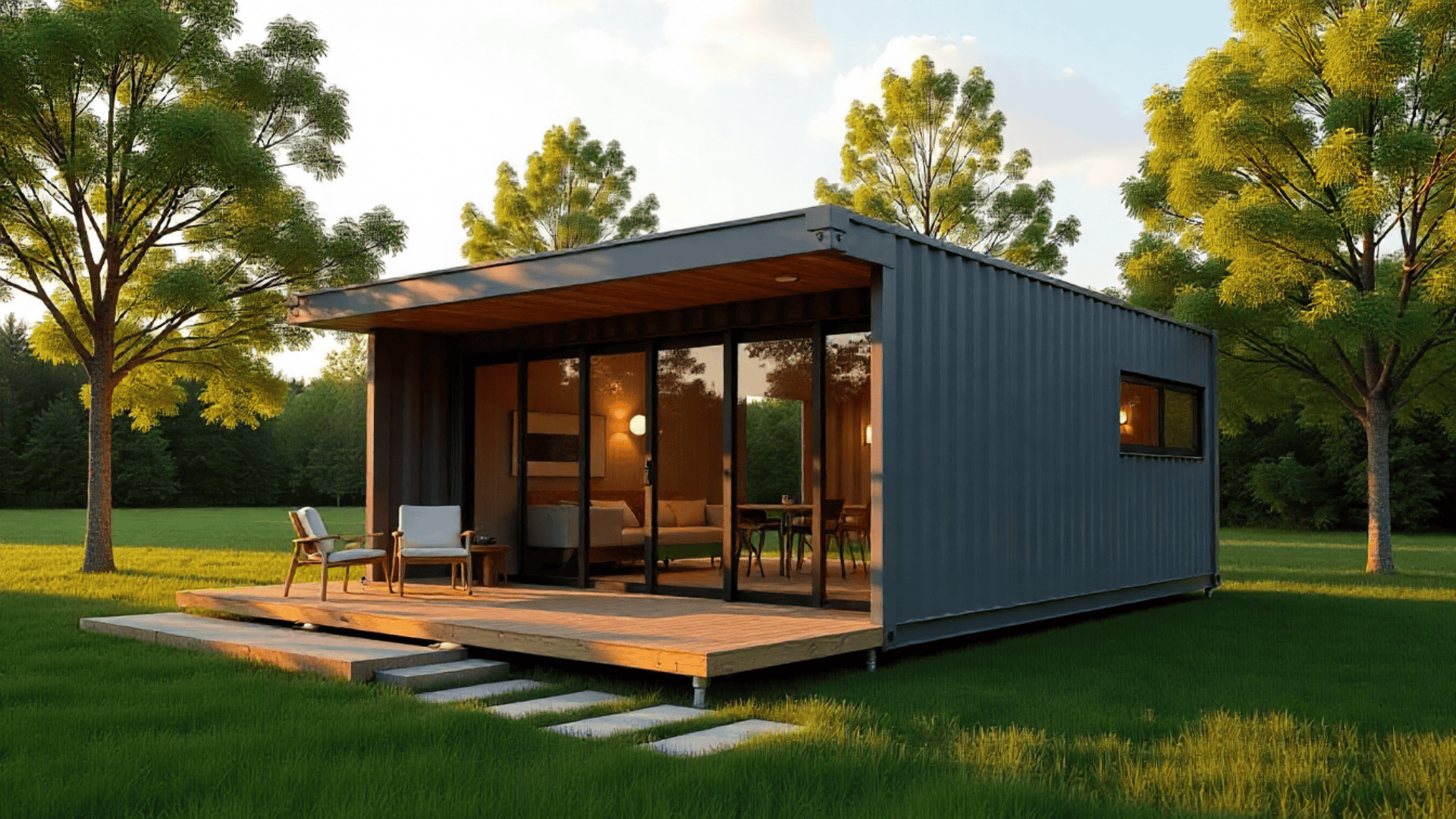When you think of a modular home, you might picture a basic prefabricated box, but today’s versions are far from ordinary.
Modern modular homes combine architectural creativity, precision engineering, and smart design to deliver comfort, style, and long-term value.
Built in controlled environments and assembled on-site, they’re changing the way people think about homebuilding.
Today, I’ll tell you how these homes come together, what makes them stand out in quality and cost, and the practical steps to owning one with confidence. You’ll see why more homeowners are turning to modular living as their dream home.
What Are Modular Homes?
The modular home definition is simple: it’s a prefabricated house built in factory-made sections called modules. These modules are transported to the site and joined together on a permanent foundation, just like a conventional house.
Unlike mobile or manufactured homes, modular homes don’t move once installed. They’re anchored permanently, treated as real property, and follow the same state and local building codes as any site-built house.
Because of this, they’re safe, durable, and comparable in quality to traditional homes, often exceeding those standards. Once complete, they look and feel identical to any regular home on the block, but the process of getting there is much faster and often more affordable.
Key Features of Modular Homes
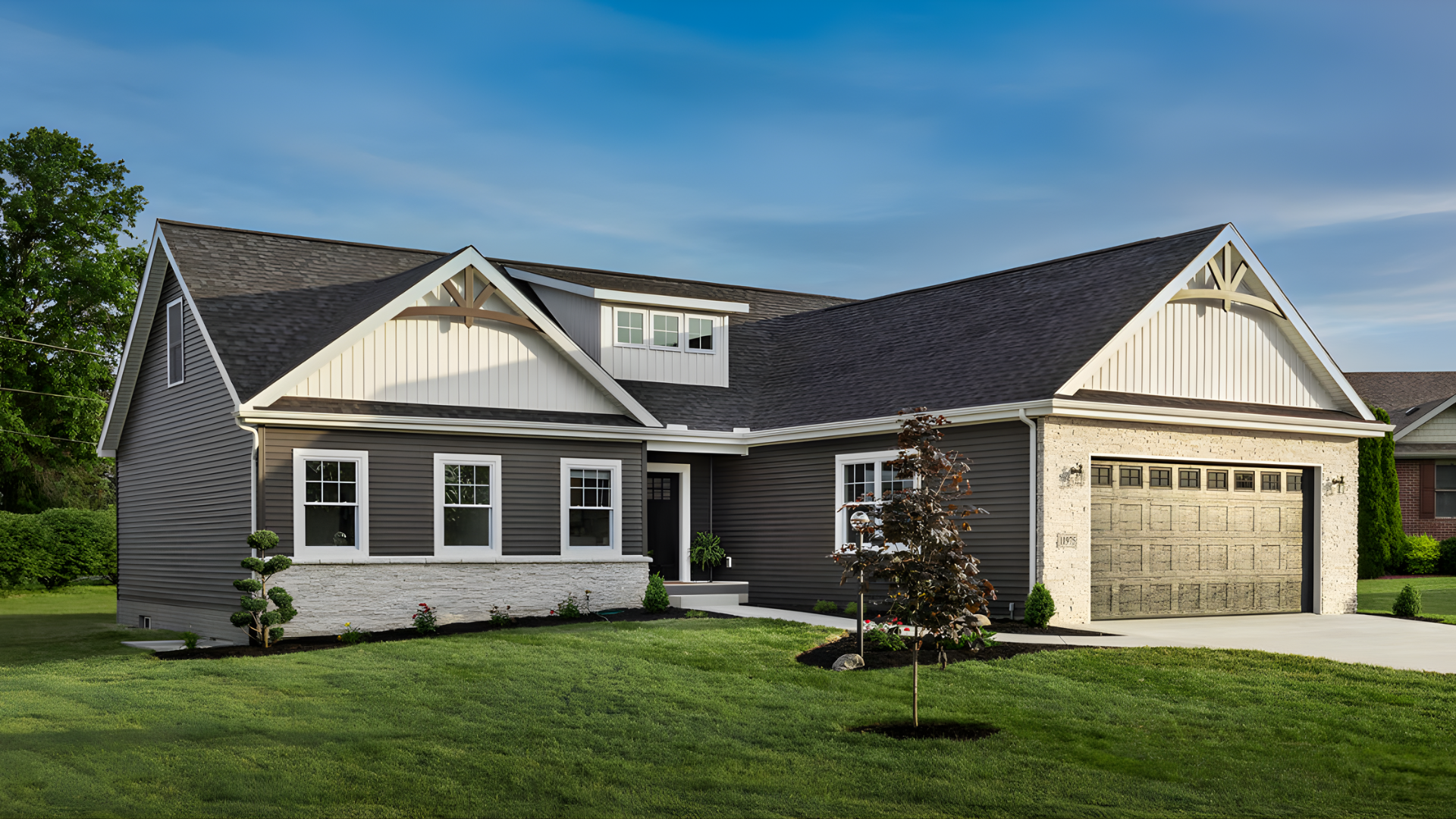
Modular homes are designed for comfort, performance, and modern living. Every feature adds real-world benefits that go beyond construction quality.
- Energy Efficiency: Built indoors with precision-cut materials and superior insulation, modular homes minimize energy loss and reduce utility costs.
- Customization: Choose from a range of layouts, finishes, and architectural styles to match your lifestyle and taste.
- Consistent Quality: Every module is inspected throughout production to ensure perfect alignment and long-lasting strength.
- Faster Construction: Because modules are built simultaneously and protected from weather, most modular homes are ready in weeks, not months.
- Sustainability: Factories use materials efficiently and recycle excess, creating less waste than on-site construction.
In short, modular homes combine modern efficiency with the design flexibility of traditional housing, a perfect match for homeowners who value both style and substance.
How Modular Homes Are Built?
The modular home construction process blends factory accuracy with on-site craftsmanship.
It begins inside a climate-controlled factory, where builders frame, wire, and insulate each module. This protected environment keeps materials dry and reduces delays from bad weather, a huge advantage over open-air construction.
Once the modules are complete, they’re transported to the home site and carefully lifted onto a permanent foundation. The sections are then aligned, sealed, and fastened to form a seamless structure.
After that, exterior details like roofing, siding, and interior finishes are added. Each modular home goes through multiple quality checks to ensure it meets or exceeds local building codes before move-in.
Modular Homes vs. Manufactured and Mobile Homes
Many people confuse modular homes with manufactured or mobile houses, but there are key differences in how they’re built, financed, and valued.
| Feature | Modular Homes | Manufactured Homes | Mobile Homes |
|---|---|---|---|
| Building Location | Built in factory sections, then assembled on-site. | Fully built in a factory and transported as one unit. | Built on a chassis before 1976 and designed to move. |
| Foundation Type | Installed on a permanent foundation. | Often set on steel frames or piers. | Usually rests on wheels or temporary bases. |
| Building Codes | Must meet state and local codes. | Regulated by federal HUD codes. | Built before modern HUD standards. |
| Construction Time | Faster, precise, and efficient. | Quick but less customizable. | Built quickly with minimal safety standards. |
| Design Options | Highly customizable. | Limited flexibility. | Minimal customization. |
| Financing | Eligible for standard mortgages. | Financing may be limited. | Typically not eligible for traditional loans. |
| Value and Lifespan | Retains value like traditional homes. | May depreciate. | Often loses value over time. |
In short, modular homes are permanent, high-quality residences designed to meet the same standards as site-built homes, offering greater stability, equity, and long-term value.
Durability and Maintenance
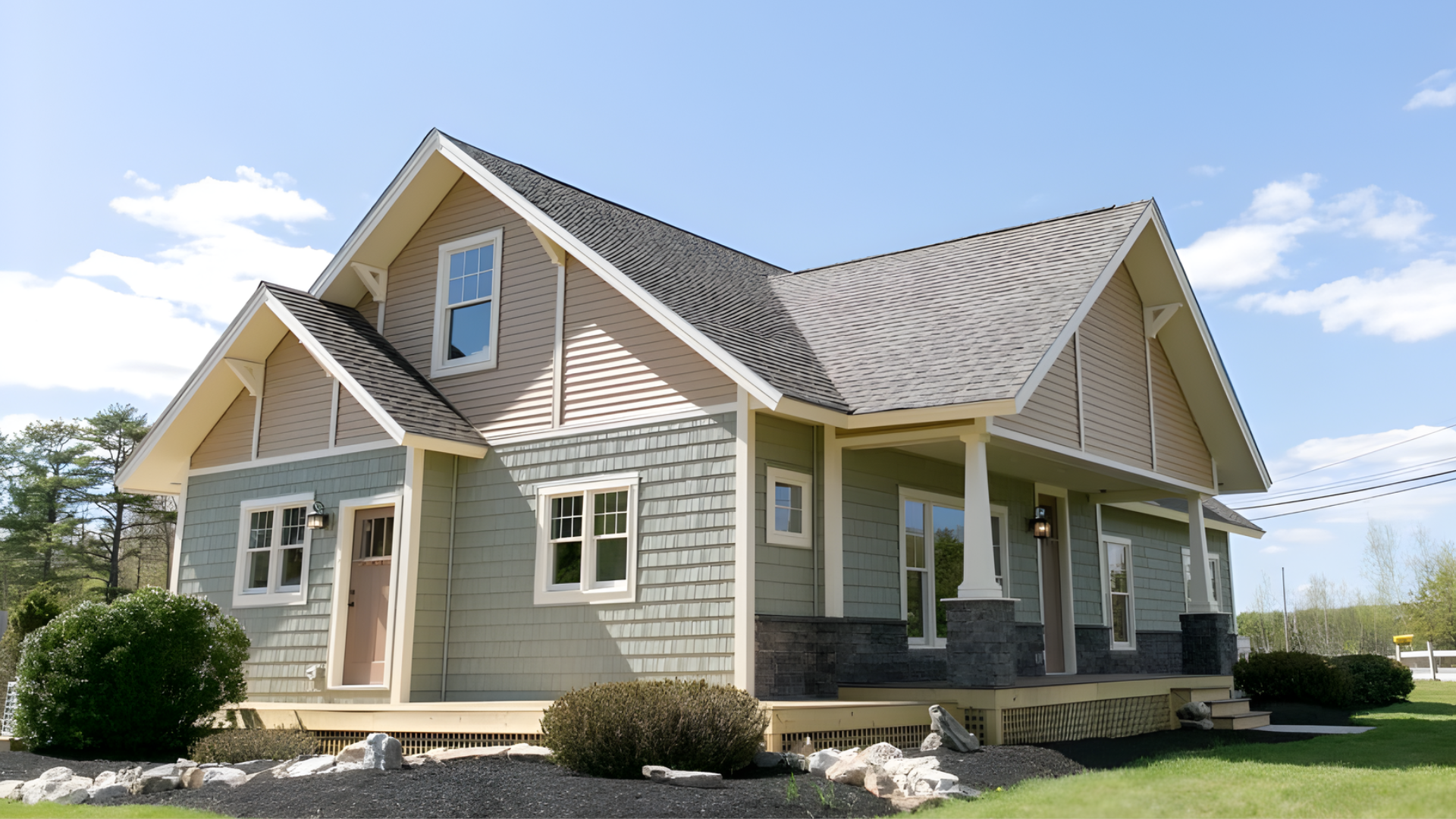
Each modular home is engineered to withstand the stress of transport and installation, which often makes it making it stronger than a typical stick-built house. Walls and joints are reinforced to hold up during shipping and placement, resulting in a more rigid structure once assembled.
Maintaining a modular home is no different from maintaining any other house. Regularly check the roof, plumbing, and insulation, and schedule professional inspections every few years to prevent issues early.
With proper care, a modular home can last for 50 years or more, making it a durable and dependable long-term investment.
Cost and Financing
One of the biggest advantages of modular homes is cost efficiency. They offer excellent value without sacrificing quality.
- Overall Cost: Prices typically range from $100–$200 per square foot, depending on design, size, and materials.
- Predictable Budget: The factory process minimizes delays and cost overruns, keeping expenses consistent.
- Faster Build, Lower Labor Costs: Shorter timelines mean fewer labor hours, which helps keep your project on budget.
- Financing Options: Modular homes qualify for standard mortgages, insurance, and appraisals once installed.
- Lender Support: Many banks and credit unions now specialize in modular home loans, offering competitive rates.
While upfront costs can vary, modular homes often provide 10–20% savings compared to traditional builds, plus long-term energy efficiency that reduces monthly expenses.
Buying a Modular Home
Purchasing a modular home involves similar steps to buying a traditional one, with a few extra details to plan for.
Start by checking zoning laws, land conditions, and access to utilities before construction begins. Choose a licensed, certified builder with a solid track record, and discuss customization, timelines, and warranties in detail.
Once your financing is approved, confirm that your insurance covers both the construction phase and the finished home. After installation, always schedule a final inspection to ensure everything is safe, level, and ready to last.
Trusted Modular Home Builders in the U.S.
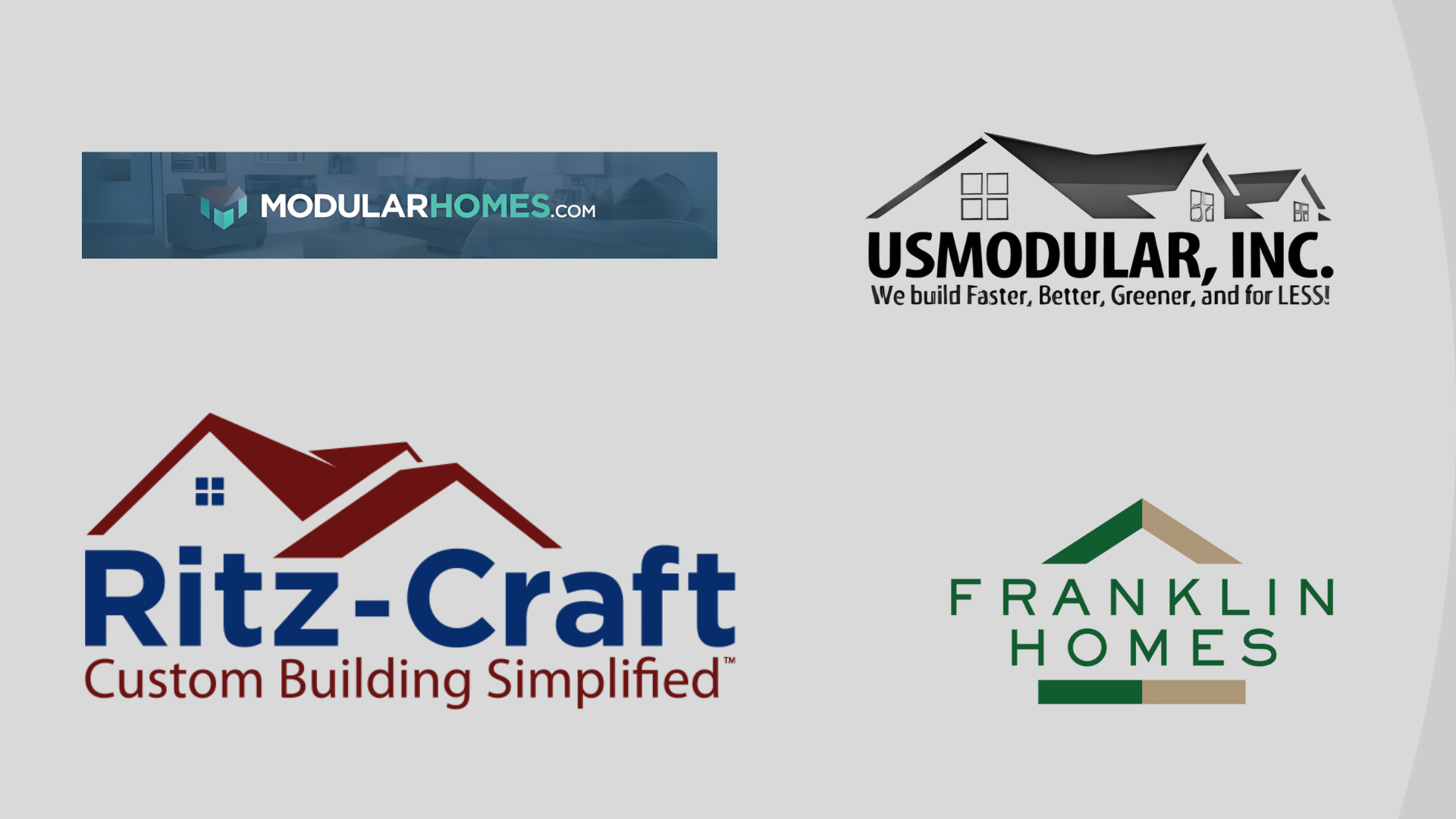
Finding the right modular home builder makes the process easy and reliable. These trusted U.S. companies offer quality designs, flexible options, and dependable service for your ideal home.
- ModularHomes.com: A national directory offering modular home plans, manufacturers, and retailers across the U.S.
- Ritz-Craft: A custom modular home builder that constructs homes indoors and completes them on-site.
- Franklin Homes: Known for both manufactured and modular homes with a strong reputation for quality and design.
- US Modular Inc.: A full-service modular construction company based in Southern California, specializing in residential and commercial builds.
Conclusion
Modular homes represent a fresh way to build. One that blends innovation, sustainability, and value without the long waits or inflated costs of traditional construction.
They’re crafted for today’s lifestyles, offering energy-efficient designs, flexible layouts, and lasting strength.
Choosing a modular home means investing in both comfort and future stability, backed by modern building standards and precision engineering.
As housing needs evolve, these homes stand out as a forward-thinking solution for smart homeowners.
If you’re ready to experience the benefits firsthand, explore trusted modular home builders in your area and take the first step toward creating a home that’s built to last.

